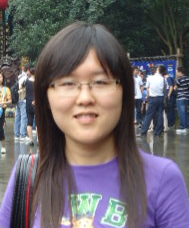Design Agents And The Need For High-Dimensional Perception
Designed artefacts may be quantified by any number of measures. This paper aims to show that in doing so, the particular measures used may matter very little, but as many as possible should be taken. A set of building plans is used to demonstrate that arbitrary measures of their shape serve to classify them into neighbourhood types, and the accuracy of classification increases as more are used, even if the dimensionality of the space in which classification occurs is held constant.
Publication: Design Computing and Cognition '10. (pp. 115 - 134). Springer: London, UK | full text (PDF)
Year: 2010
 Under the supervision of Prof. Anthony Steed and in cooperation with Arup, I am looking into large scale distribution of real-time 3D architectural geometry and network streaming while investigating the ad-hoc visibility and various culling methods trying to improve on the performance limiting the network bandwidth requirements.
Under the supervision of Prof. Anthony Steed and in cooperation with Arup, I am looking into large scale distribution of real-time 3D architectural geometry and network streaming while investigating the ad-hoc visibility and various culling methods trying to improve on the performance limiting the network bandwidth requirements.